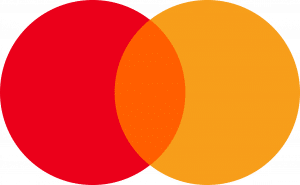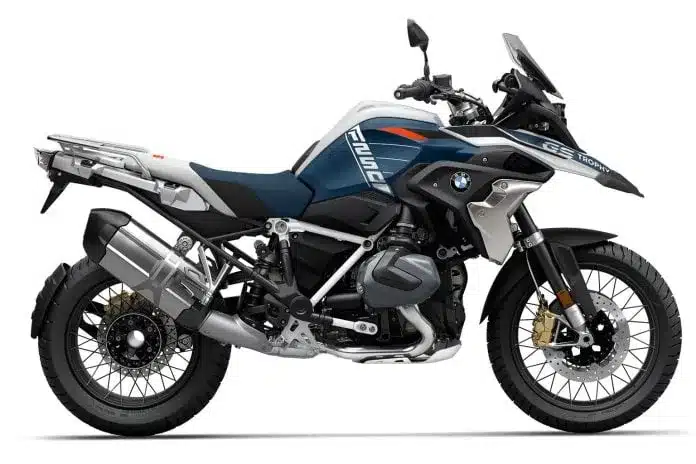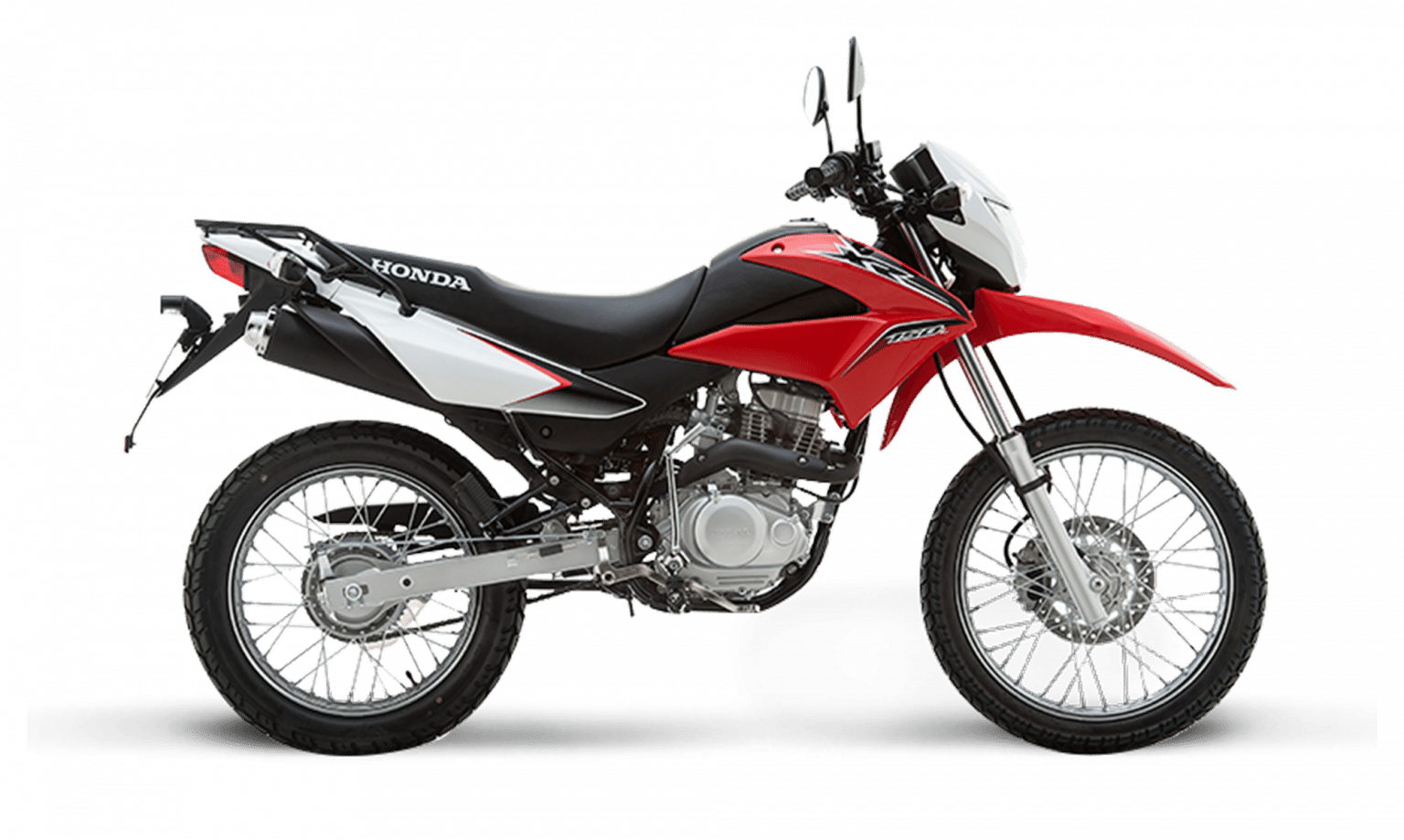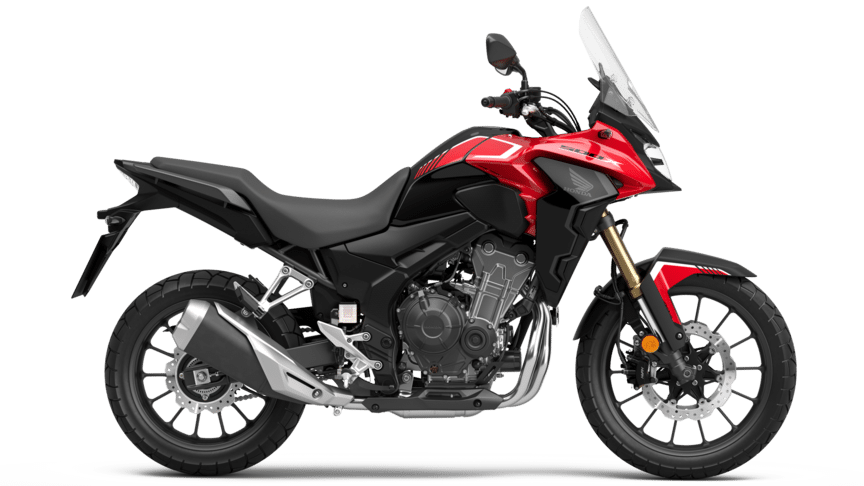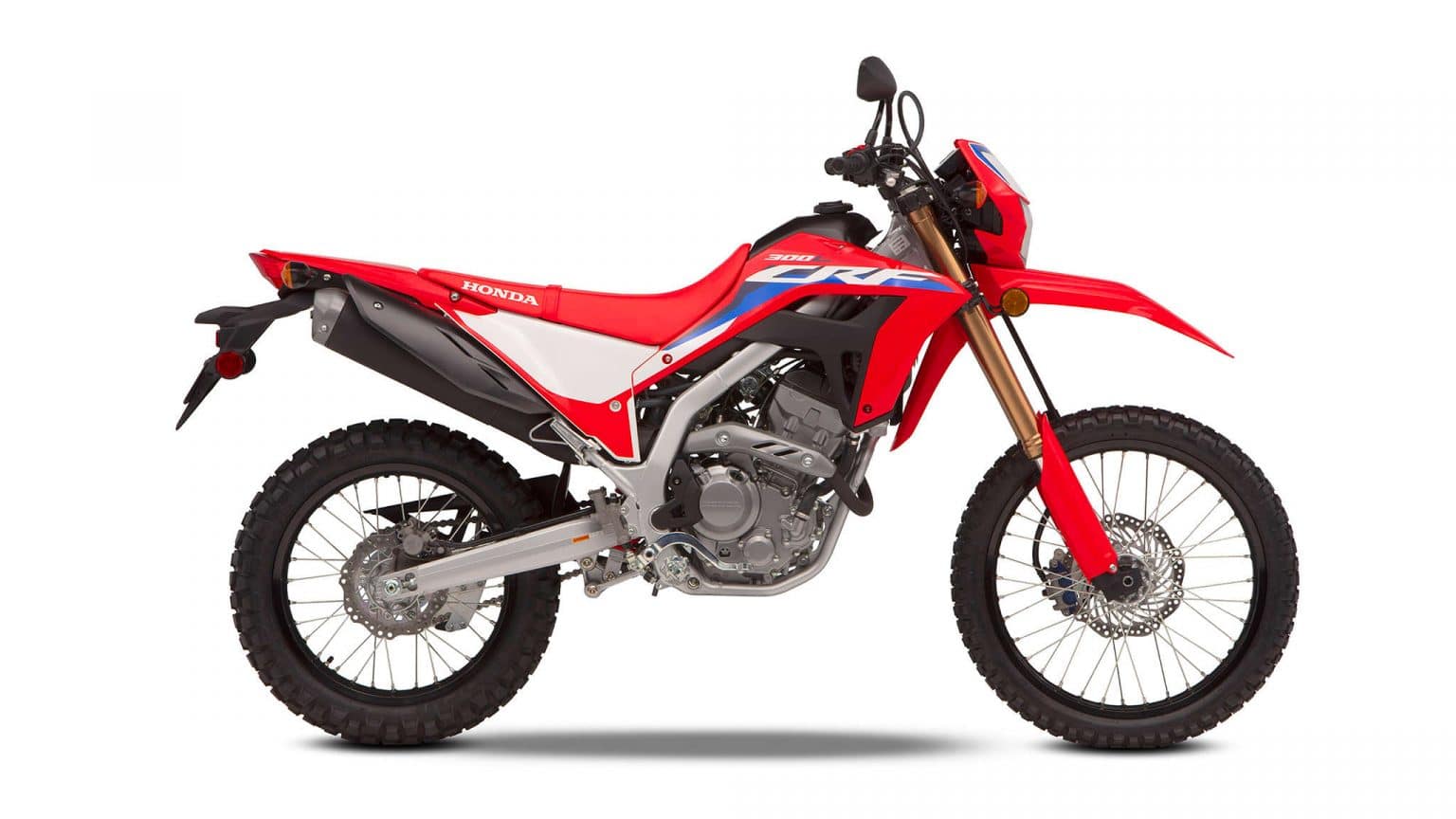Hanoi Bridges
In order to get to a large part of the northwest and to the northeast of Vietnam you will need to cross one of the bridges over the Red River. There are currently six of them that you could choose from depending on where you are heading.
Thanh Long and Nhat Tan tend to service the northern side of the city, Long Bien and Chuong Duong the Centre, whilst Vinh Tuy and Thanh Tri provide more southerly routes.
Locations of the Bridges
You can see the 6 current bridges of Hanoi on this map and, also, the new Hai Ba Trung bridge that will be built.
The Dyke Road
The One Road to Link them All.
All of these Hanoi bridges are connected on the city side by one road. However, that one road is, in fact, 8 different connected roads and they are called: An Duong Vuong, Au Co, Nghi Tam, Yen Phu, Tran Nhat Duat, Tran Quang Khai, Tran Khanh Du and Nguyen Khoai Roads.
From the Thanh Long Bridge down to Thanh Tri Bridge it is around 20km. Thanh Long is about 10km from the centre of town and Thanh Tri is around 8km from the centre. For each of these routes, you will find that the first half is quite congested, obviously, and the second is much more sedate.
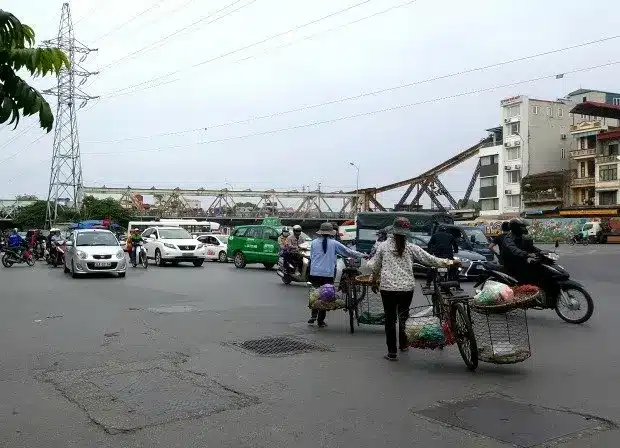
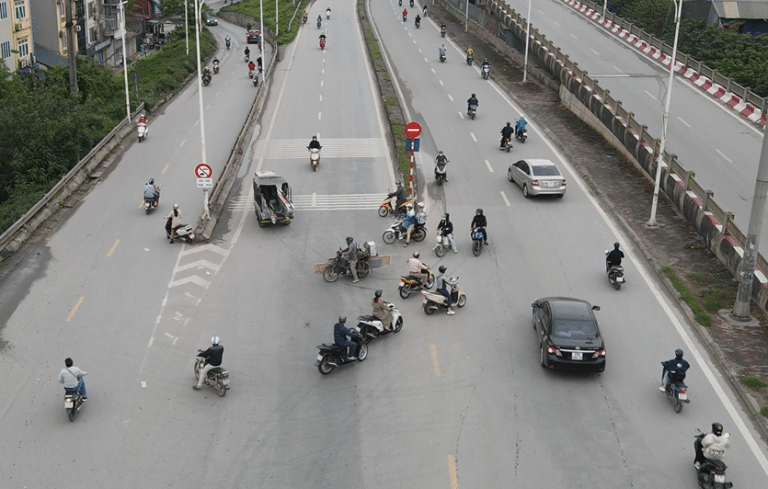
About the Hanoi Bridges
1. Thanh Long Bridge
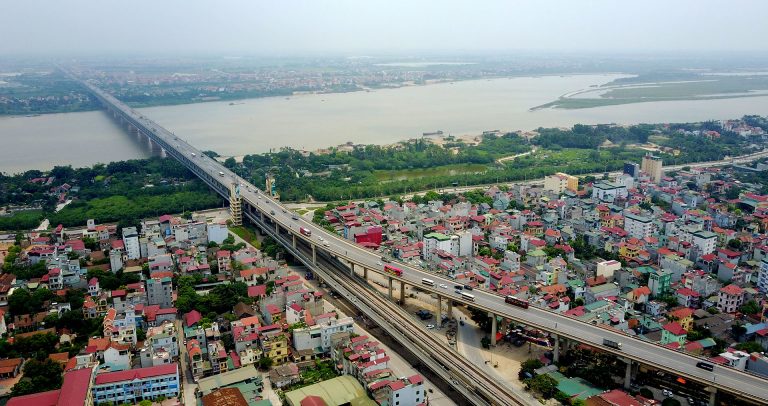
The old airport road bridge, which was built between 1974 1985 with assistance from the Soviets, is still in use by quite a lot of traffic, mostly heavy vehicles and cars, that is heading to the airport or beyond. It is unlikely that you will use this bridge opting for Nhat Tan Bridge instead due to the busy roads that lead to it.
However, as there are two levels to the bridge and motorbike traffic goes on the lower level, it is not as daunting as it seems at first. It is not that easy to get onto the bridge from the road as the system is quite confusing, especially in traffic and when you are a newbie.
Cars run on the upper level and there are two lanes for motorbikes and bicycles with a railway track running in between them.
You will use this bridge to get to central northern and north-western areas such as Lao Cai, Ha Giang and Cao Bang.
2. Nhat Tan Bridge
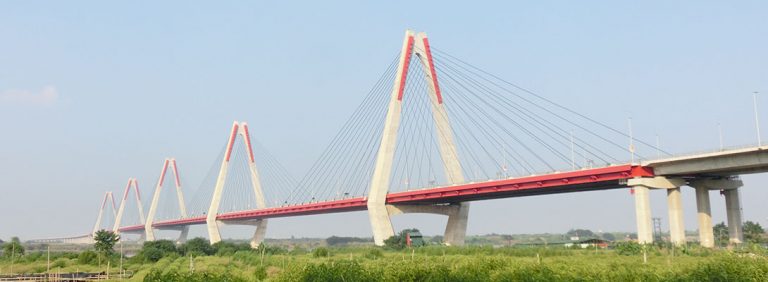
This is probably better known as the airport bridge now as this is the new main route to Noi Bay Airport. The bridge is new, being completed in 2015, and well-built (Japanese project) and the on and off ramps are very easy to negotiate.
The bridge is nearly 9km long with the span over the river being 1,500m. It is colourfulyl lit with lights in the evening, making the 5 pylons, which symbolize the 5 ancient gates to Hanoi, stand out clearly in the sky.
It connects with the airport road which is fast, but dull, and it will get you out of town very quickly. It is very easily accessible from the northern districts of Hanoi and a little trickier from the more southern ones.
This is an easy way to get to the northern-western and north-central regions (similar to the Thanh Long Bridge) such as Lao Cai, Ha Giang and Cao Bang.
3. Long Bien Bridge
The first and, obviously, oldest bridge across the river and reputed to have been built by Eiffel of tower fame. It wasn’t. This was built between 1898 and 1902 and was the world’s largest bridge at the time of construction. It is one of the only bridges in the world where the traffic drives on the opposite ‘wrong’ side of the road.
Cars are not allowed on this bridge so you’ll only see pedestrians, bicycles and other motorcyclists. Even though it is one way, you will often see traffic coming at you from the wrong direction. This is because it is far too inconvenient to go over the bridge and get back again, if you want to go down to Banana Island below.
This does not mean that it is an easy crossing because it is very narrow, 2 bike widths only, and in rush hour it is jam packed. It is quite tricky to move in that confined space and there are often hold ups. However, the small size and easy on and off runways make it very easy to get on and off the bridge.
Outside of rush hour it is generally a very quick, easy and bridge to cross with some great views.
You are likely to take this bridge if you are heading to Cao Bang, Lang Son or even Ha Long Bay or Ninh Binh.
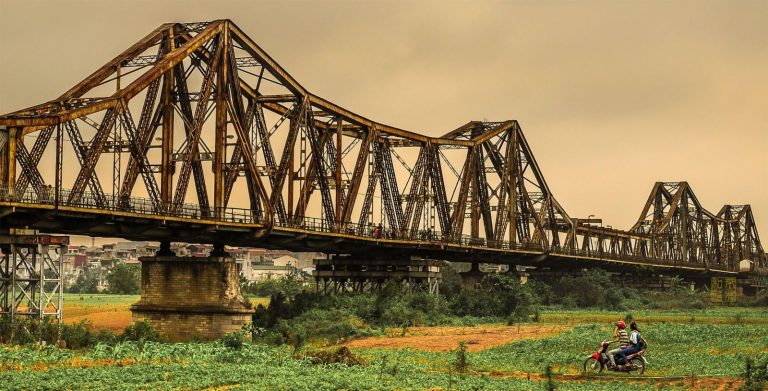
4. Chuong Duong Bridge
This bridge is situated very close to Long Bien and is one of the easiest crossing from central Hanoi. Even though it is operating at around 4 times its design load, some 25,000 vehicles daily. It is quite wide, 4 lanes each of 5m width, with two central car lanes and motorbike lanes to each side of these.
It does get busy in rush hour but the flow on and off the bridge is quite steady and not a huge problem. It is also relatively short and doesn’t take long to cross.
Again, like its older counterpart situated quite close beside, you may choose to take this bridge if you are heading towards Cao Bang, Lang Son, or Ha Long.
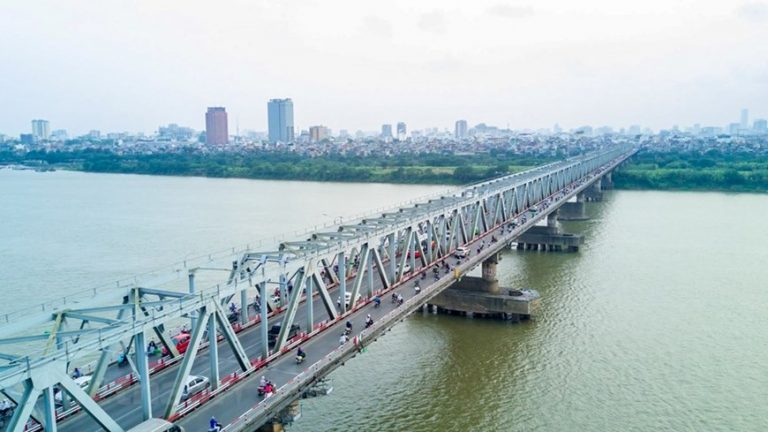
5. Vinh Tuy Bridge
This is a very long bridge situated to the South of the city that was finished in 2010. At 38m wide it is the widest bridge in Vietnam but that does not make it an easier crossing.
It is great for access from the old Quarter along Nguyen Khoai Rd or from Ha Ba Trung district and beyond to the West. It is a wide bridge and so there is plenty of space but there is also a fair amount of heavy vehicle traffic that you need to watch out for.
You can get on and off this bridge easily so long as you pay attention as there are large run offs. However, go slowly because one small mistake and you’ll be heading the wrong way for a long way.
This bridge gives very easy access to Highway 5 and then on to Lang Son, Hai Phong, Ha Long Bay.
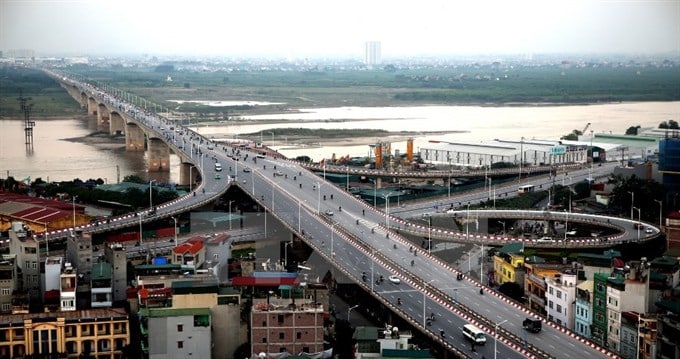
6. Thanh Tri Bridge
This is one of the longest bridge of its type in Asia and the longest in Vietnam finished in 2007.
It is a dull boring bridge with lots of trucks and heavy vehicles. It is not a fun crossing at all. Combine this with the fact that it is located quite a way South of the city and it will probably be a last choice of crossing. That is, of course, unless you are coming from districts such as Dong Da or My Dinh and you don’t want to drive through the city traffic to get to one of the other crossings.
In fact, can get from Highway 1 over to Highway 5 quite easily and avoid the city traffic below.
It is most likely that you will be starting from the southern districts if you do venture over this bridge as it is quite out of the way. Again, you will be heading northeastward to places such as Lang Son, Ha Long or Hai Phong. It could be a route to get to Cat Ba Island.
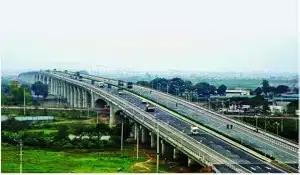
The New Hai Ba Trung Bridge
This bridge is yet to be built but preparation has been made for it to begin. The roads in the area are being upgraded and run on and off ramps are being laid out.
It will run from Au Co Rd in Tay Ho over Banana Island and into Dong Anh on the Eastern side of the river. It will also link up to the airport and help ease the amount of traffic on Thang Long and Nhat Tan Bridges.
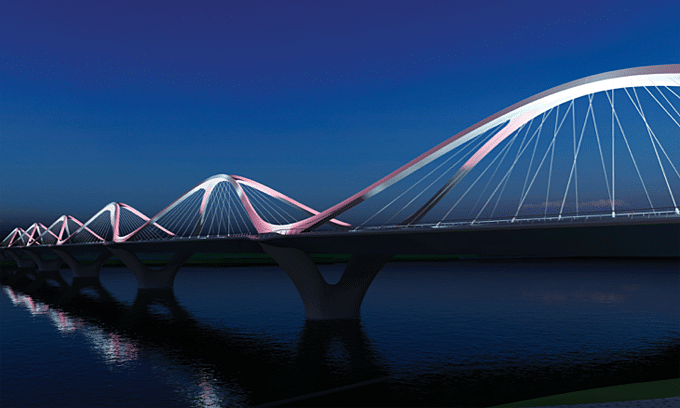
When to Cross
The bridges are all fairly easy to cross but can be quite hectic at rush hour. It is wise to avoid that time to cross as the surrounding roads will also be jam packed.
Also, you can quite easily stop for a quick photo on most of these bridges and this might make a good memento of the beginning or end of your trip.


